The verdict: A model that could get by on its long range and relatively low price alone, the 2017 Chevrolet Bolt EV also happens to be an excellent car.
Versus the competition: The Bolt EV more than makes up for its higher price by having roughly twice the range of most competitors.
As I expressed in our First Drive of the 2017 Chevrolet Bolt EV, much of this battery-electric hatchback's appeal is evident in the numbers: 238 miles of EPA-estimated range, 9.5 hours to charge fully at 240 volts and a starting price of $37,495. (All prices cited include destination charges but not incentives, which should include a $7,500 federal tax credit.)
We like to round out our reviews with comparisons, but at this moment, close competitors are few. As we publish, Tesla has begun building the Bolt EV's closest competitor, the Model 3, with a claimed 215-mile range (with the standard battery) and a price of $35,000 before incentives, but we haven't driven one yet; our only exposure has been a few minutes riding along in a prototype more than a year ago.
Chevrolet is otherwise way ahead. Volkswagen's 2017 e-Golf received an estimated-range increase of roughly 50 percent over the 2016 model, to 125 miles, but the year is half over and the 2017 model has yet to reach dealerships or be priced. (The 2016 was $29,815 with a range of 83 miles.) The first full redesign of the Nissan Leaf will be detailed in September (range unknown), so for now the 2017 Leaf soldiers on with an estimated 107 miles of range for $31,565.
I recently drove the 2017 Hyundai Ioniq Electric (the all-electric version of a model that can also be had with hybrid and, soon, plug-in-hybrid drivetrains). It's rated at 124 miles of range and a price of $30,385. I was impressed, but the Ioniq currently is available only to residents of Los Angeles, Orange and Riverside counties, expanding to Northern California and San Diego later this year. The e-Golf — should it appear — will be sold in California, Connecticut, Maine, Maryland, Massachusetts, New Jersey, New York, Oregon, Rhode Island, Vermont and Washington, D.C.
Through June 2017, Chevy had sold 7,592 Bolt EVs in 16 states, and the car will go on sale nationwide in August, ahead of schedule. Ordering is open now.
How It Drives
Our earlier driving impressions of the Bolt EV have held fast: It's quick (zero-to-60 mph in about 6.5 seconds) and handles nicely, though the efficient tires provide modest grip. If you're willing to give up some efficiency, and thus range — a sacrifice few electric vehicles can make — there's no shortage of grippier tires available in the Bolt EV's size, but the average driver won't object to the stock ones.
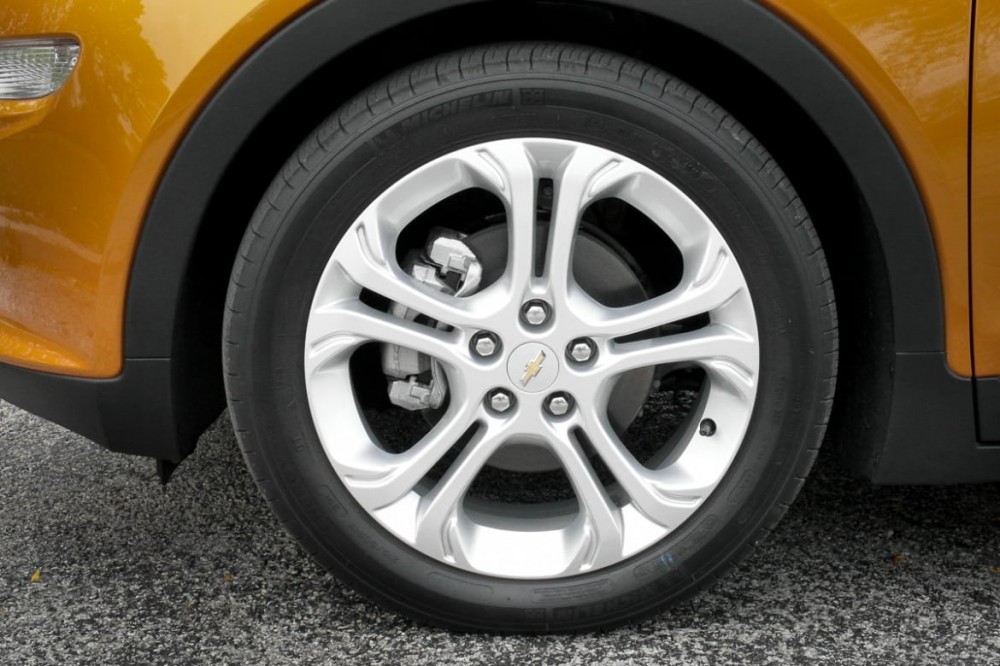
The brake pedal has a good feel for an EV, and technically, you can have four levels of regenerative braking — the rate at which the car is slowed by using its inertia to turn the drive motor, generating and storing electricity in the battery pack for reuse. But those levels depend on which drive mode you're in and whether or not you're squeezing a regeneration paddle on the steering wheel.
Contrast the Ioniq Electric, the paddles of which are used to cycle among four degrees of regenerative braking but needn't be held like a handbrake. Frankly, they don't need to be paddles, but I preferred this design. Allowing a driver to choose the amount of regenerative braking is a plus; doing so in the form of a handbrake, less so. I say Hyundai got it right here.
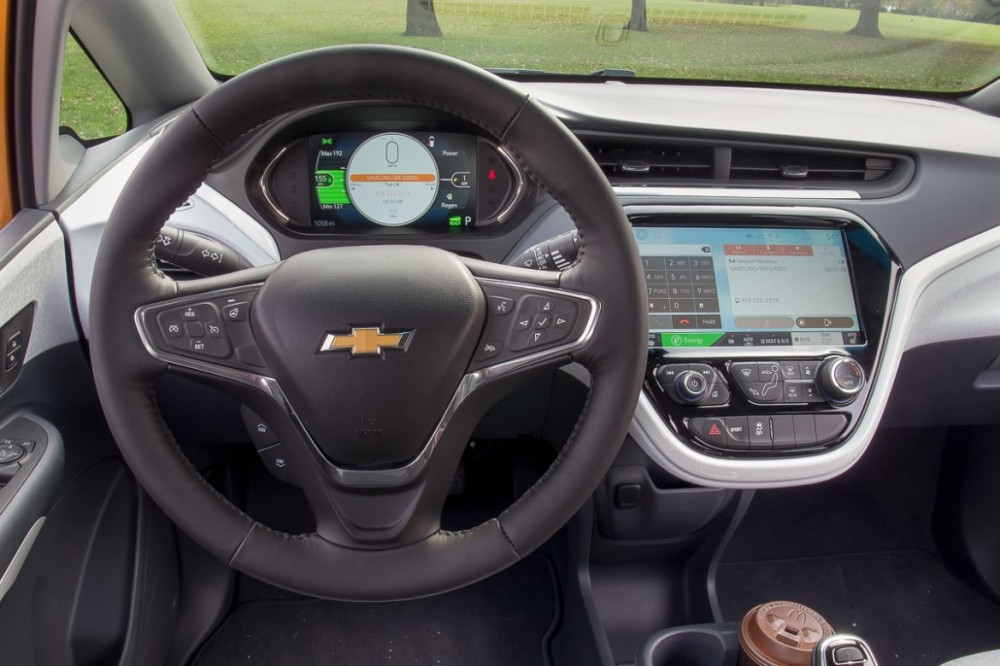
The Bolt EV's ride is controlled but firm. Its wheelbase is on the shorter end of the class, which makes for a busier ride. I prefer the comfort of the Leaf, which has about 4 inches more wheelbase. Similar in size to the Leaf, the Ioniq EV feels similar in ride quality, as well, but is certainly less engaging to drive than the Bolt EV. It's not as quick, but I didn't find it unduly slow — again, similar to the Leaf.
Those Seats!
Like the driving experience, more miles only reinforced our impressions of the seats — that they need work. Designed to save space, the thin front seats are too hard. Specifically, the bottom cushions are bolstered in a way that encroaches on butt space; I kept feeling like I had objects in my back pockets. I promise this isn't about me. (I've been called a big ass, but my ass alone hasn't.) I'd like to see the seats changed for the next model year.
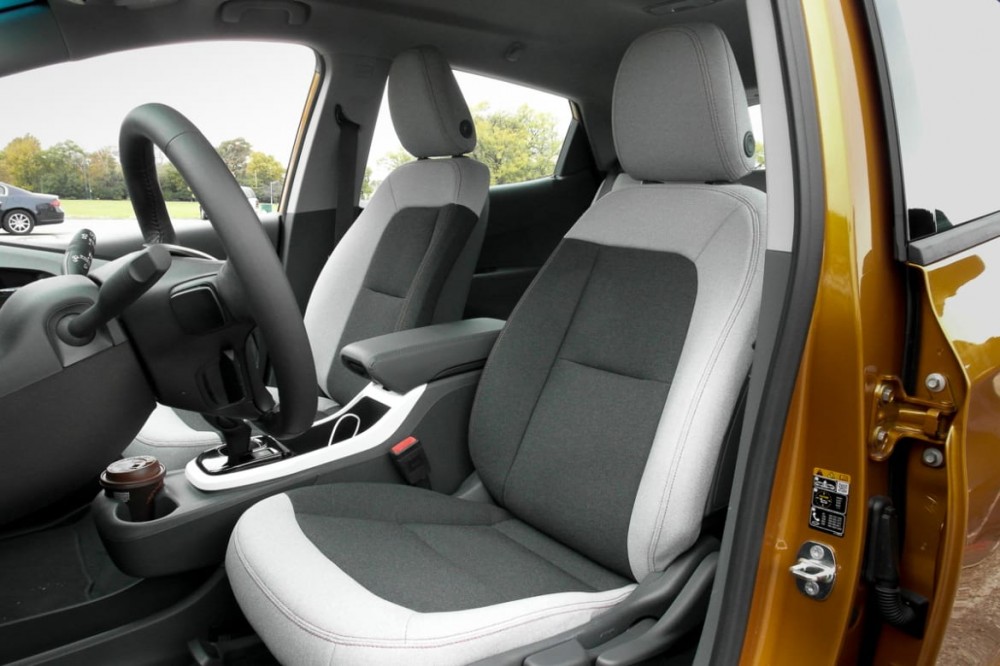

Beyond that, the accommodations continue to impress — especially considering the short wheelbase. We found the little Bolt EV to be an Unexpected Family Car in part because it accommodates child-safety seats so well. In the Car Seat Check, it scored all A's except a B for booster-seat fit. The Ioniq Hybrid, which also reflects the Ioniq Electric, scored B's for its Latch anchors and infant-seat fitment.
Sure to please family buyers, the Bolt EV earned top scores in all Insurance Institute for Highway Safety tests except for the headlight test, in which it was rated poor. Of the 24 models subjected to this new test in the organization's Small Cars class, five rated good, six rated acceptable, two rated marginal and 11 in addition to the Bolt EV also rated poor.
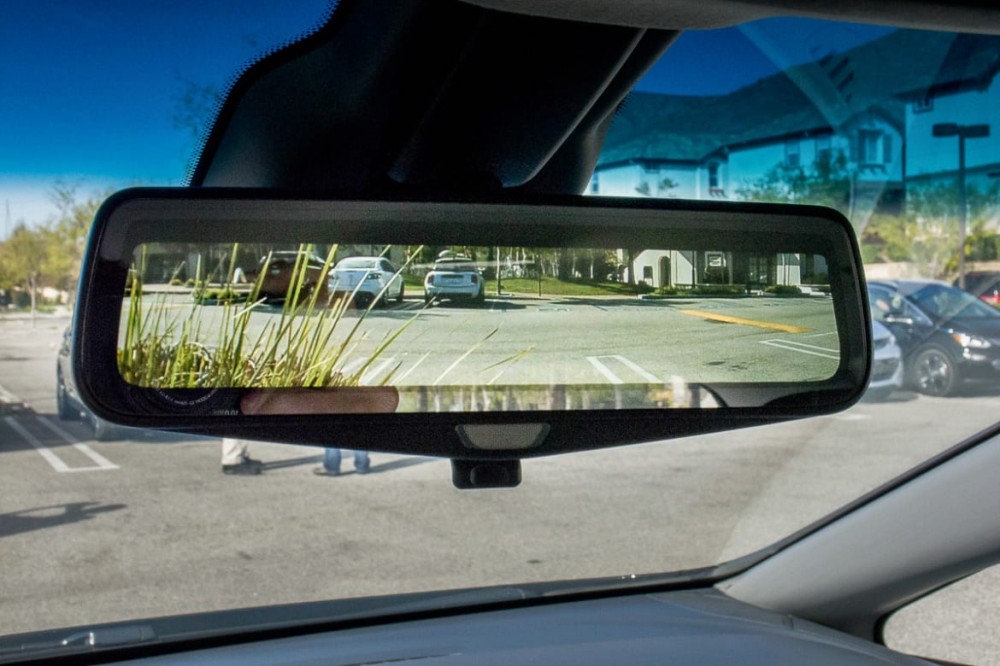
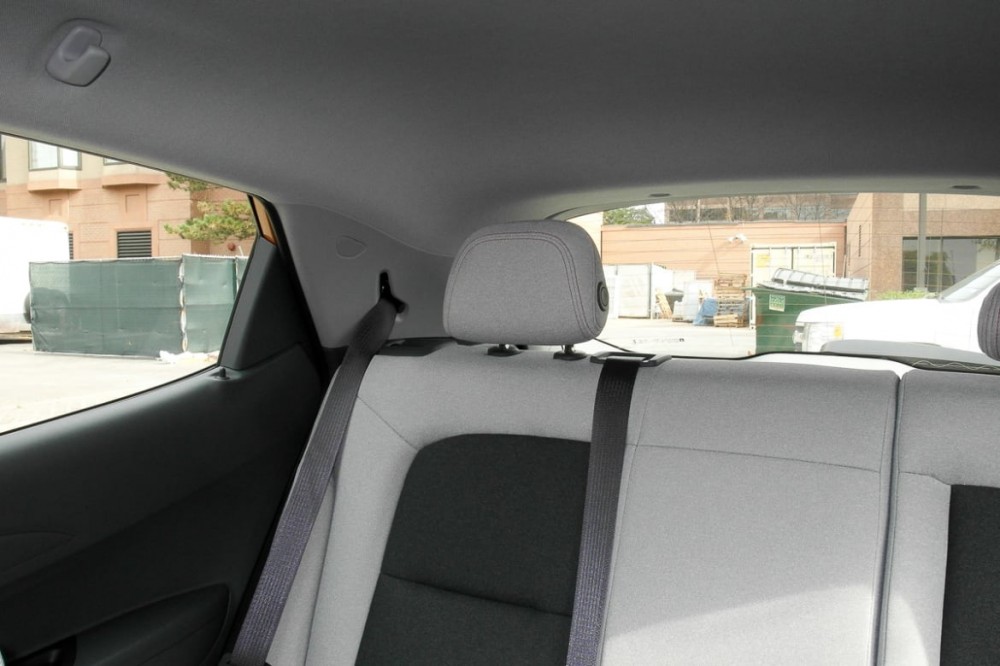
Optional active safety features include forward collision warning with pedestrian detection and automatic emergency braking, blind spot warning, lane departure warning and prevention, rear cross-traffic alert and automatic high-beam headlights.
The Bolt EV also includes Chevrolet's selectable Teen Driver mode.
Fast(er) Charging
If you're new to the EV world, perhaps attracted by the Bolt EV's range, you might not know that EV charging is slow. And if your only comparison is a few minutes filling up at a gas pump (which will always give you more range than a Bolt), EV charging seems very slow. How about fast charging? Also slow. It's part of the deal with electric cars, and we don't expect it to change. Park in the same place every night, and you won't even think of it — and you'll avoid gas stations, which no one likes.
If you're not new to EVs, however, you're more likely to think the Bolt EV charges pretty quickly. Charging rate is most clearly expressed as the number of miles of range a car adds for a given period of charging. Quick disclaimer: Range varies with driving style, terrain, outside temperature and other factors. By extension, any discussion of the range a car adds in a given period of charging is merely an estimate.
With the bare minimum option, known as Level 1, the provided 120-volt charging cable that plugs into a household outlet can add 4 or 5 miles of range in an hour's time. I found it irritating that the Bolt EV always defaults to the slower of two rates, drawing 8 amps and adding about 3.5 miles of range per hour. This is a provision for shared or otherwise inadequate circuits, which typically provide 15 or 20 amps total. You have to open a touchscreen menu and tell the car — every time — that it may draw 12 amps and add more miles per hour. Having to override the default every time would be unacceptable if this were the only way to charge, but you're not going to get far with an EV charging at 120 volts anyway, so it's not the end of the world.
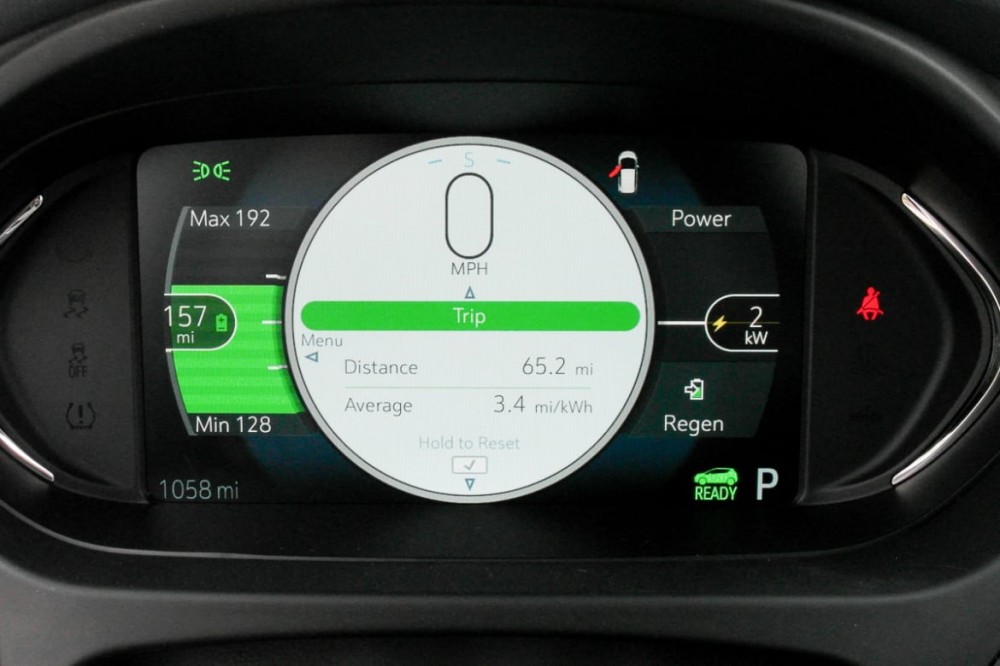
With 240 volts from Level 2 hardware, rated at 32 amps (able to deliver 7.2 kilowatts to the car), the Bolt EV added 25 miles of range in an hour's time in my testing. With the same current, the e-Golf is rated to add 21 miles.
EVs' built-in electronics (the onboard chargers) have their own limits, and the base 2017 Leaf's 3.6-kW cap means it can add only 11 miles of range even if provided more current. An optional 6.6-kW onboard charger brings it up to 19 miles per hour. Despite being limited to 6.6 kW, the Ioniq Electric gains an impressive 27 miles hourly (which we have observed).
Why the difference? It's partly about efficiency. The EPA rates electric cars in miles per gallon of gasoline equivalent, or mpg-e. It's a limited specification that uses gasoline to give you a rough idea of the efficiency of electric, fuel-cell and compressed-natural-gas vehicles — yet it can't be used to compare different vehicle types because it accounts only for the energy used, not the cost, carbon or pollution implications of those fuels. But it does touch on those considerations when comparing vehicles of the same type.
The EPA rates the Bolt EV and e-Golf at 119 mpg-e, the 2017 Leaf at 112 mpg-e and the Ioniq Electric at 136 mpg-e, making the latter the most efficient vehicle on the market. As of publication, the EPA had not rated the Model 3.
By my calculations, the difference in cost of operation between the Bolt EV and Ioniq is about three-tenths of a cent per mile — so it's negligible. But the fact that the Ioniq is more efficient means it adds more range for the same amount of juice.
When "fueling" takes hours rather than minutes, does charging speed matter? It does if you're trying to achieve as much charging as possible during off-peak rates, exploiting free public charging for a limited period or, especially, if you're paying for public charging by time rather than by amount, as is often the case.
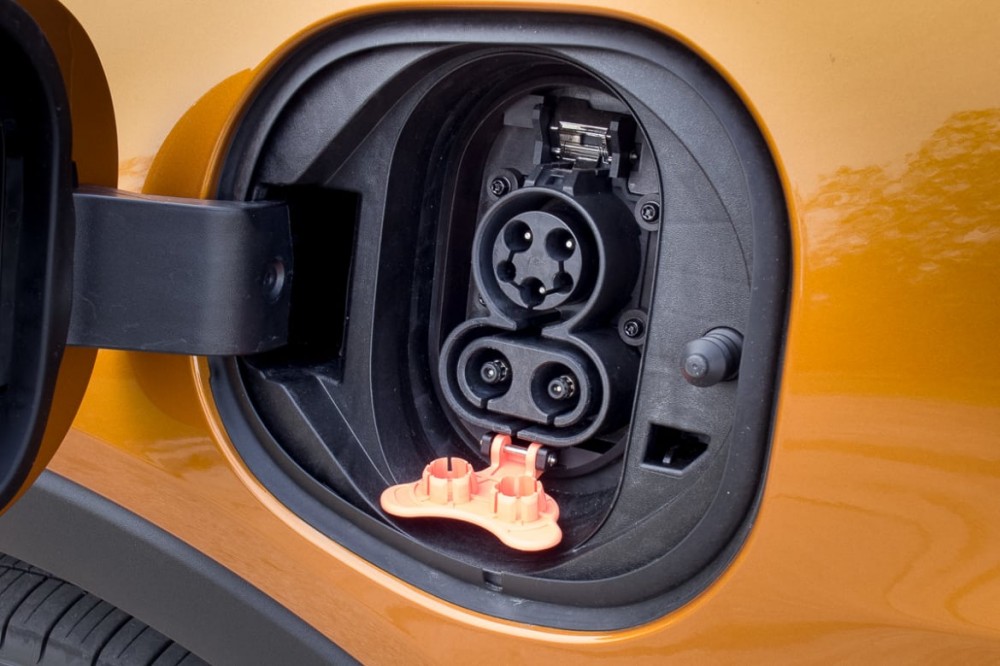
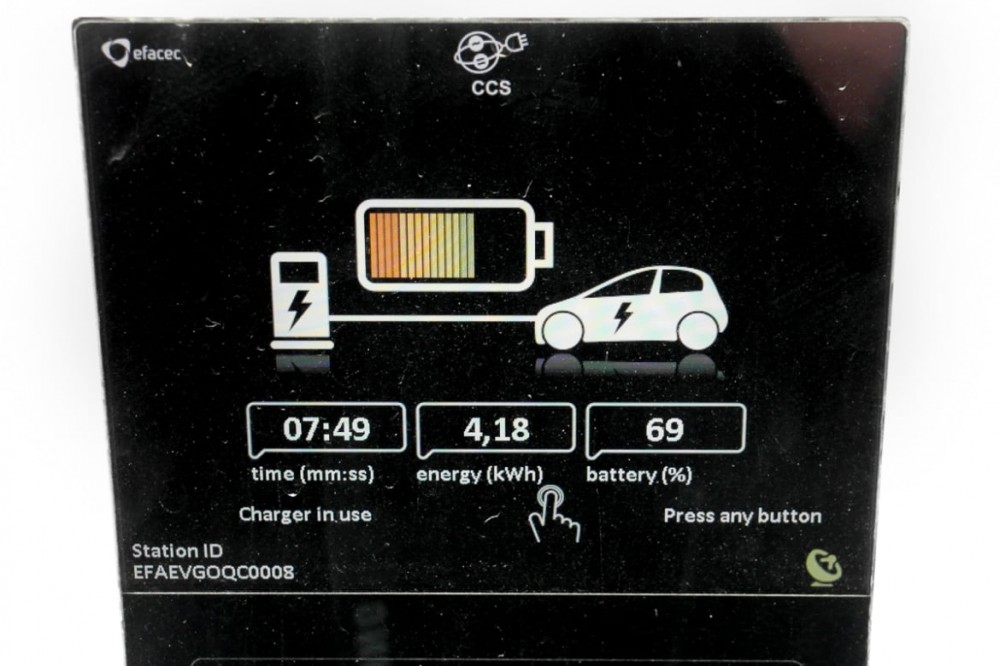
Case in point, our Bolt EV was equipped with Level 3 DC fast-charging capability, a $750 option that can add "up to 90 miles of range" in a half-hour's time at a compatible public station. (Level 3 is cost-prohibitive for home use.) As documented in two impromptu Facebook Live videos, the Bolt EV added an estimated 61 miles of range in that period. Hosted by Walgreens, the location was free, but elsewhere the network bills $11 for a 30-minute session. In the same time span, the Ioniq Electric, with its standard fast-charge capability, added an estimated 97 miles of range (110 miles without air conditioning).
On top of the previous disclaimer about estimated range, note that charging speed varies with how full the battery pack is — it charges faster when empty, slower when nearing full, which is why fast charging begins a ramp-down when the pack hits 80 percent capacity. Also, charging may be slower when the battery is hot or cold, as the car uses some of the power to manage the pack's temperature. Our Bolt EV ended its session below 75 percent full, and conditions were similar versus the Ioniq, which leads us to believe the Ioniq's efficiency really paid off in adding more range.
Fast charging remains a good capability to have in an emergency or for rare long-distance trips, but it ain't the key to EV ownership. Unlike the Leaf, which warns that excessive fast charging can degrade the battery's capacity, Chevy says the Bolt EV's thermally managed battery can handle it. Even so, frequent fast-charging would be an inconvenient and potentially expensive way to go about owning an EV. The Bolt EV's Level 2 charging rate is what matters most, and at 25 miles each hour, it's above average.
Figures weren't available as of publication for the Model 3, but Tesla bypasses standardized Level 2 hardware and allows its cars to plug directly into various 240-volt outlets. Their larger Model S car is capable of adding almost 30 miles of range per hour if fed enough current. A Tesla Wall Charger, a proprietary version of the Level 2 hardware other EVs require for any 240-volt charging, can provide roughly 35 miles every hour — or, in cars with an upgraded onboard charger, more than 50 miles per hour — if provided enough current at 240 volts. DC fast charging (Supercharging, in Tesla parlance) will be supported.
Is It a Value?
The Bolt EV's standard equipment list isn't as generous as some, despite a price starting roughly $6,000 greater than key competitors. For example, heated front seats are standard on the Hyundai, Nissan and VW but optional on the Bolt EV. But it's hard to say the superior range alone isn't worth the money; it diminishes other shortcomings, including, in this case, the less efficient use of cabin heat.
Overall, EVs have one lesser known and highly variable cost and a host of often unrecognized savings. The atypical costs are that of the Level 2 hardware required by non-Teslas — known as electric vehicle service equipment — and installing it with enough current for charging. Some 32-amp Level 2 EVSEs capable of maximizing the Bolt EV's charging rate cost more than $700, but you can find them for less than $600. Level 2 is a standard, so looking for the best deal among different manufacturers is fine, as is choosing on aesthetic grounds (some look sleek, some industrial).
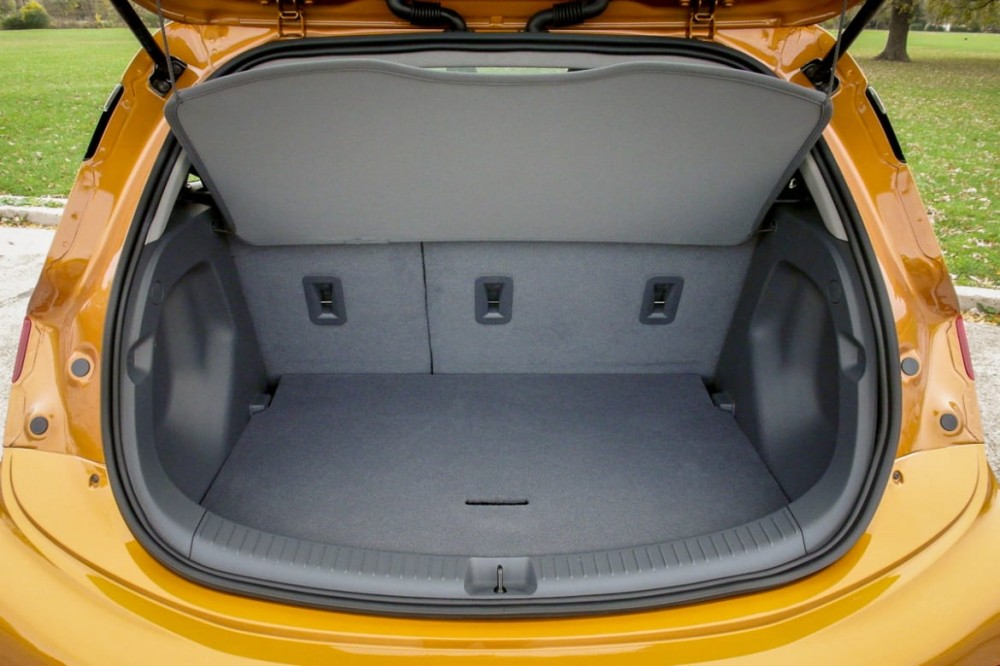
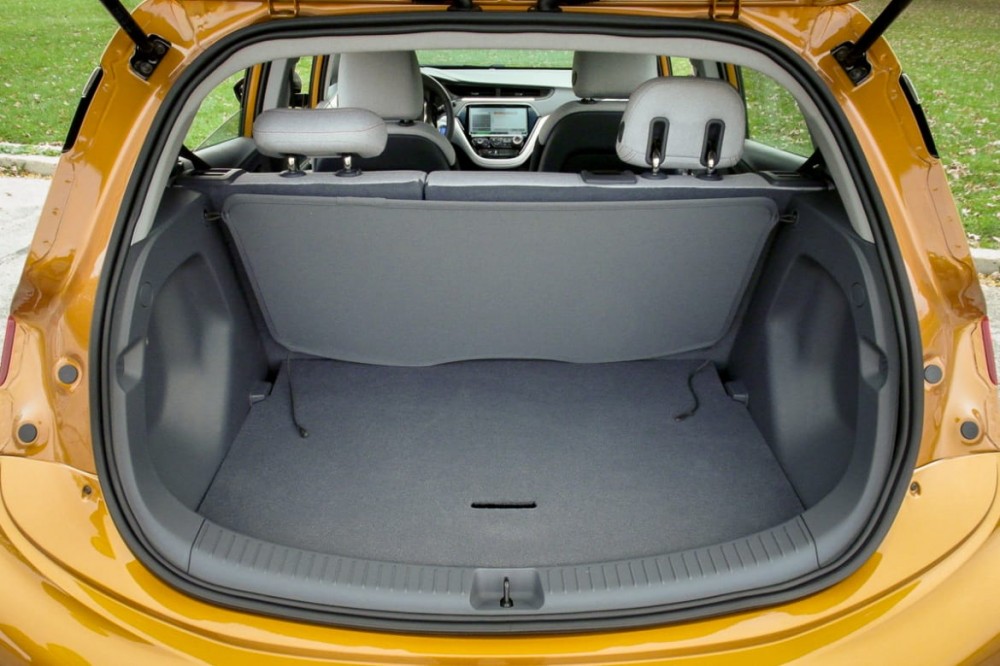
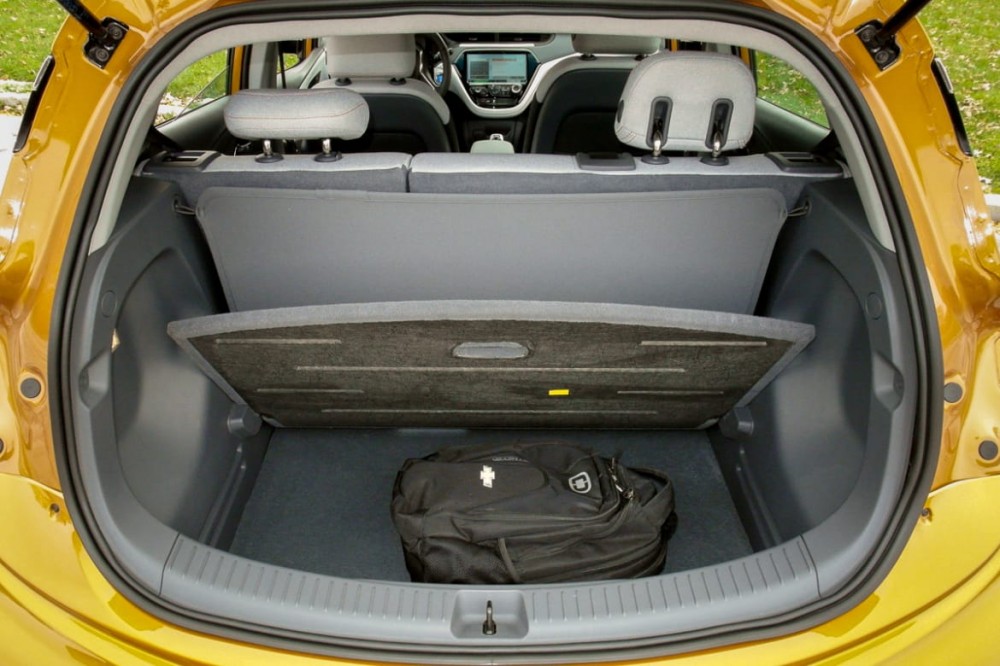
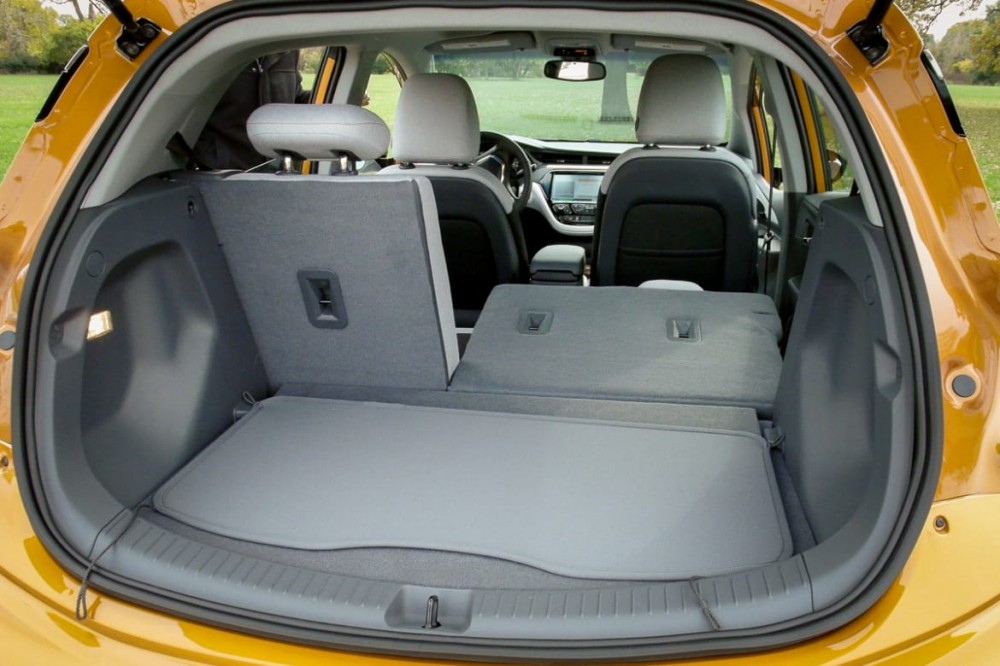
Providing that EVSE with a circuit rated for 240 volts and 32 amps could cost as little as $100 or as much as literally 100 times that. It depends on how far your garage or parking area is from your electric service panel and what lies between them. Don't assume that upgrading a garage that already has 120 volts will be chump change, as heavier-gauge wiring is required, sometimes calling for larger-diameter conduit. Building codes vary by region, so only an electrician can suss out your situation.
But once you've made the initial investments, the rest is all upsides. States and municipalities may offer anything from cheaper vehicle registration to rebates on the car or home charging hardware and/or installation. Some areas offer high-occupancy-vehicle lane and primo parking perks.
The cost of electricity varies by region, but by my calculations based on national average electric and gasoline prices, the Bolt EV costs roughly half as much to fuel, per mile, as a comparable gas-powered car — and this is during a period of exceptionally low gas prices.
Additionally, pure battery-electric cars require less maintenance, lacking engine oil and the associated oil changes, and the regenerative braking means less wear on the conventional brakes — and thus, fewer brake jobs.
From a 2017 perspective, fuel prices can only go up and incentives can only go down. I don't think it's controversial to say the Trump administration and the Scott Pruitt-led EPA are less concerned than their predecessors about fossil fuels, and less in favor of supporting — never mind funding — alternative fuels and the vehicles they power. The federal tax credit for EVs hasn't vanished, but it's a safe assumption that if it lives out its natural life — including a phase-out based on sales — it will not return within the next three and a half years, at minimum.
All of this makes it an excellent time to buy a Bolt EV, just be cautious about relying too heavily on factors beyond your control. One example is public charging: When Cars.com purchased a Leaf and a Chevrolet Volt in 2010, free charging stations had popped up in the very expensive parking structure next to our office. Over the years since, those units began billing for charging, then broke down for about six months. Recently, they were removed entirely. Had this happened in 2011, we'd have buyer's remorse about our 73-mile 2011 Leaf.








